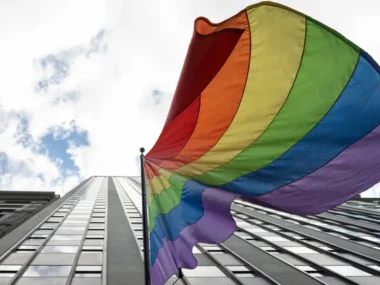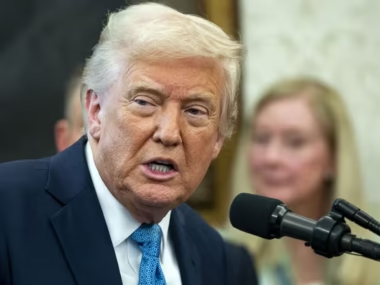Elon Musk, CEO of Tesla, announced he will step back from his position in the Trump administration’s cost-cutting team, Doge (Department of Government Efficiency). The White House, including President Trump, had previously stated that Musk’s departure was expected, but the news coincided with Tesla’s reported financial downturn.
Musk’s announcement raised several questions, such as the exact timing of his departure and the future of Doge. President Trump confirmed the administration had anticipated Musk’s exit and said, “We have to, at some point, let him go and do that… I’ll talk to Elon about it.”
Trump also expressed support for Musk, stating Tesla would be “taken care of” when Musk returns, and claimed Musk had been unfairly treated by the public, calling him “a great patriot.”
Government rules dictate that reducing Musk’s time at Doge could extend his tenure, as he is designated a “special government employee” (SGE), allowing him to work for the government up to 130 days annually. If Musk worked roughly five days a week at Doge, he would reach his limit by late May, but scaling back his time would delay this.
Musk hasn’t provided specifics on his schedule. His announcement followed a sharp 71% profit drop at Tesla, attributed partly to protests against his role in government. Some protests, though largely peaceful, included incidents of destruction, and Tesla has warned investors of potential continuing challenges. Musk stated he would focus more on Tesla, and this shift led to a slight increase in Tesla’s stock price.
It’s unclear how many days Musk has already worked as an SGE, whether the government is tracking his time, or how the 130-day rule will be enforced. Critics have questioned the legality of Musk’s role, and concerns exist regarding his compliance with government rules. As an SGE, Musk is required to undergo ethics training, submit financial disclosures, and avoid conflicts of interest. His companies, including SpaceX, have significant government contracts, and SGE rules prohibit partisan activities. Musk has been seen wearing a “Make America Great Again” hat while in the Oval Office. However, a White House official stated in February that Musk would file his financial disclosures and had received an ethics briefing.

A man vandalized a Tesla dealership in New York by spray painting it, amid growing opposition to Elon Musk’s political activities. These protests, along with calls for boycotts, have negatively impacted Tesla’s financial performance.
White House Press Secretary Karoline Leavitt told the BBC that Elon Musk is “selflessly serving President Trump’s administration as a special government employee” and has complied with all relevant federal laws. For now, Musk seems to be serving at Trump’s request, with the only oversight being from the president himself.
A recent report from the progressive think-tank Public Citizen criticized the Trump administration, accusing it of “wildly abusing” the SGE rules. The report’s author, Jon Golinger, pointed out that the public has no way of knowing whether individuals like Musk, who don’t file public financial disclosures and are largely self-regulated, are prioritizing the public’s interests over their own.
The BBC reached out to both Musk and the Office of Personnel Management, the agency overseeing SGEs, for comments. Meanwhile, the Wall Street Journal reported that around 100 Doge employees would remain in various government departments after Musk steps down later this year.
Musk and Trump have set a deadline for Doge’s completion, coinciding with the 250th anniversary of the US Declaration of Independence. The executive order establishing Doge, signed on Inauguration Day in January, set 4 July 2026 as the target end date. In response to a tweet in December, Musk wrote, “The final step of DOGE is to delete itself.”











